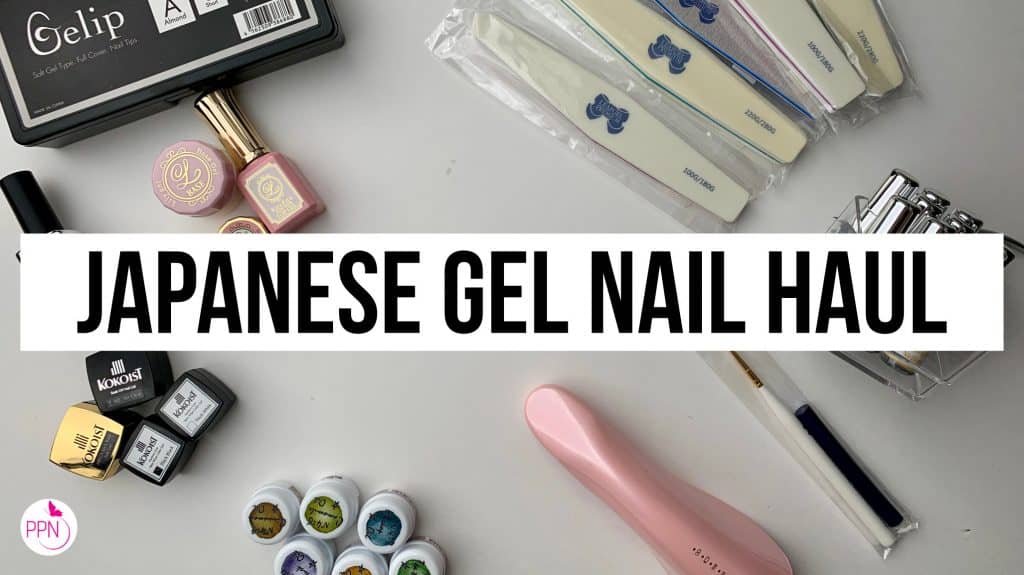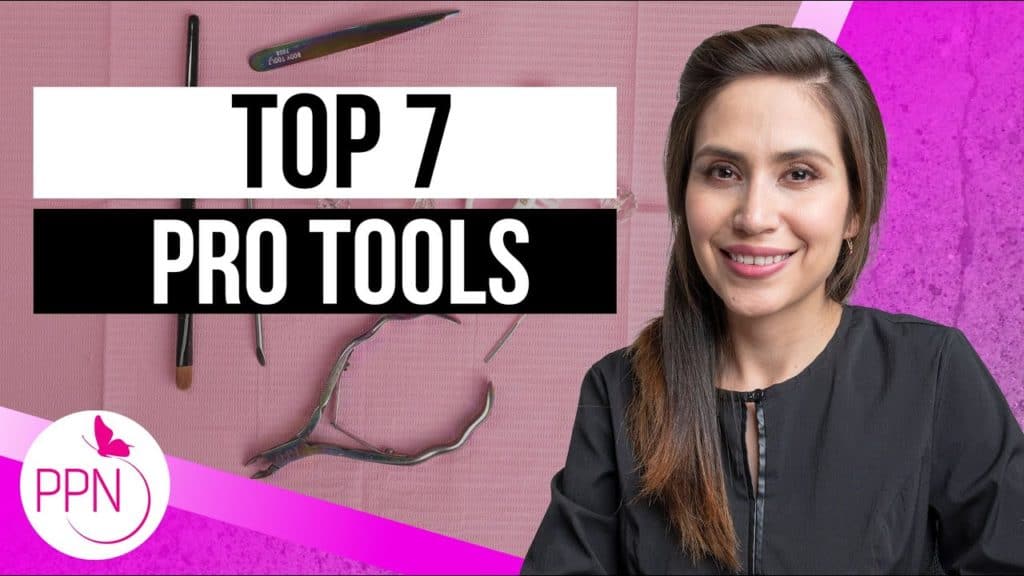The bubble 🫧 that is not currently trending.
Not sure if you’ve caught wind of the new nail art trend? Where you use your clear gel to create bubbles and cure them… and then just rock that as a look…
I may or may not try this trend, but let’s talk about today’s bubble while I decide.
Today’s bubble has to do with pocket lifting. And it tends to trend also 😅, unfortunately for some, more than they’d like it to.
But these occurrences of pocket lifting should be rare, and when they happen, you should be intrigued to find out why they happened and should be easily able to identify the culprit.
The bubble we’re speaking of today is pocket-lifting. Pocket lifting is when your nail enhancement gets a bubble in the center.
If they are often happening, the first reason (I’ll shortly get into all 3) most likely is your culprit and needs to be addressed ASAP because pocket lifting can lead to green bacteria growing on the nail plate and then lead to more serious nail issues, like nail plate detachment.
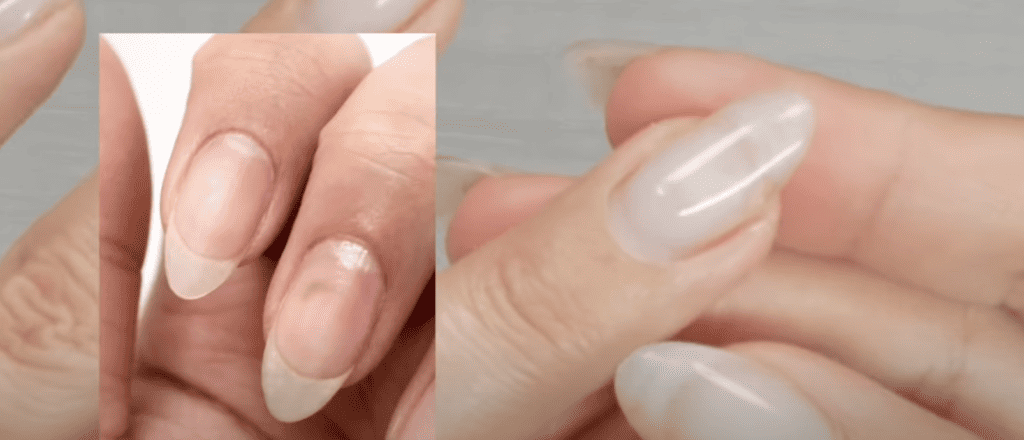
So today, I’m going to share with you the 3 scenarios that I’ve experienced that led to pocket lifting with soft gel enhancements.
Hey there! And welcome back, and if you’re new here… Welcome! My name is Paola, your source for all things premium soft gels, and entrepreneurship in the nail industry! If you’re interested in growing in this niche with me, do consider subscribing to our weekly email list (right hand column 👉)
How does pocket lifting happen?
As I stated earlier, pocket lifting happens when some culprit causes the enhancement (in this case, we’re talking soft gel enhancements) to lift in the center of the nail plate.
It’s kind of mysterious. Like, why there?… and not on the edges of the enhancement??
Some have said that the lifting can be due to excessive moisture on the nail plate. While that may be true with other nail mediums, I have not experienced that with my gel enhancements, whether they were applied to myself or my clients.
Why does pocket lifting happen?
Let pocket lifting be a mystery no more!
Here are the 3 possible culprits for pocket-lifting in your gel nails:
- Improper cure
- Impact (… jamming your nail somewhere)
- Damage on the nail plate
Culprit #1 Improper cure
When the gel is not fully cured, it’s not really attached as well as it could be to the nail; it’s not at its full rigidity or hardness. Therefore, it’s going to bend more easily than you would like it to.
So if the nail gets bumped and the gel is not properly cured, some areas will probably lift on the inside.
An improper cure can result from using a low-power unit, basically a cheapie, or a good one that’s lost strength after much use.
If you’re a salon tech, you’ll probably need to replace your curing unit every 2-3 years, but if you’re a DIYer, that could be longer. Each curing unit should specify how many hours of use it yields before the entire unit needs to be replaced with a new one.
Culprit #2 Impact
Jam those fingernails really hard on something, and there goes your 2nd culprit.
If that nail was a hard enhancement like acrylic, or acrygel, or hard gel, the fake nail might actually tear off… yes painful indeed.
But with soft gel, because of its flexibility, it will flex. And while a flexing soft gel is good for keeping our nails on. The flex upon impact (we’re talking a good jammie) would be so strong that it would cause lifting on the center of the nail plate.
You can actually do a little test yourself. Press on the free edge part of your nail. You will see the center of your nail plate turn white on the stressed area. That would be the part that will bubble-lift.
Basically, you bumped the nail really hard to the point that it wanted to detach, but because it is adhered to the nail so well, it didn’t; it just created that pocket of lifting there.
By the way, this culprit of bumping your nail wouldn’t be a mystery. Jamming your finger somewhere would have been so painful; you certainly would have remembered.
So at this point, if this culprit isn’t it, it may be the first culprit, your curing unit.
Or perhaps culprit #3…
Culprit #3 Damage to the nail plate
If your nails have tears in them, this kind of damage can lead to pocket lifting. And as you’ll see in my nails. It doesn’t have to be big damage!
Check out my bubble:
If you look closely, there is a little tear inside, a white line inside the pocket lifting area.
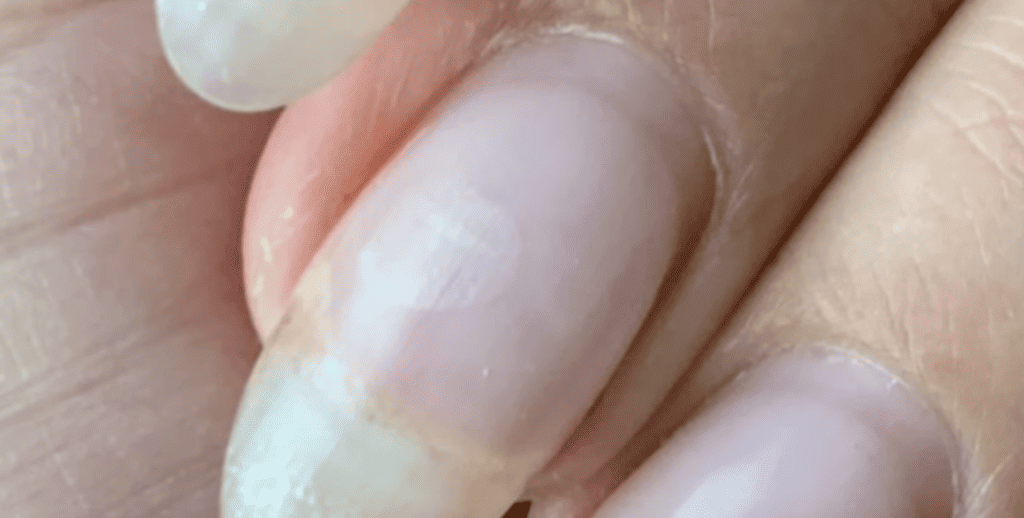
Whenever you’re troubleshooting ANY nail issue, you really have to examine what may have been the cause.
So when I experienced “the bubble,” I realized just that tiny bit of damage lent to the lifting.
In my case, it most likely was from product removal damage.
A tear on the nail works like perforated paper. In other words, think of perforated paper; You just have to bend it a few times to break it off.
The nail, in this case, did not tear or break off because it was not closer to the free-edge area, specifically right around the smile line area.
Hey! While we’re on the troubleshooting topic, I wanted to invite you to my upcoming MGN event!
I’m hosting my MGN Course LIVE this August!
For two days we will be going step-by-step through every core service offered in the MGN Course. Enrollment for this opportunity opens up soon, so make sure to get on our waitlist, AKA the VIP list if you want to get all of the details, including early bird perks!
How to fix pocket lifting in soft gel enhancements
There is no shortcut to removing pocket lifting when dealing with soft gel enhancements. You will have to file the product off.
To do this, I like to use my efile with a cone ceramic bit medium grit, then decrease to a fine grit ceramic bit, and begin removing the product down flat.
I like using ceramic bits because of how smoothly it shaves the product off without taking too much product too fast like a carbide bit would.
I like to start with a carbide and then move on to a ceramic.
Or if you only have ceramic to work with… Start with a medium ceramic, and then switch down to a fine grit.
Step 1: File down flat as much of the product as you can with your medium grit carbide or ceramic.
Step 2: When you start getting close to the natural nail, start decreasing the efile speed significantly and change to a fine or extra fine bit. I am talking no more than 5,000 RPM, to very gently remove what’s on the nail.
Make sure you are placing the bit parallel to the natural nail so you are not digging on the nail, instead, you are doing ultra-gentle parallel passes to flush it to the natural nail. Feather touch here, guys.
Step 3: Prep and overlay. Once you file, the surface of the nail is smooth (it’s ok to leave some of the old product there as long as it’s nice and flush to the natural nail), you can proceed with a new gel overlay and treat this nail as a brand new virgin nail coming in for a fresh new service.
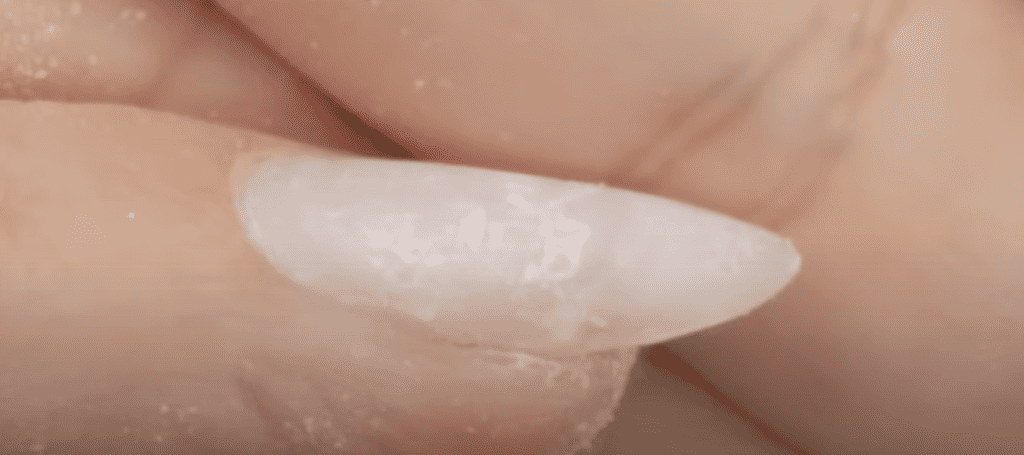
And there you have it; ultimately, to remove pocket lifting from a soft gel enhancement, you will have to remove the enhancement. That’s how you fix pocket lifting.
To prevent pocket lifting, you have to be aware of the 3 culprits.
Again those are:
- Improper cure
- Impact (… jamming your nail somewhere)
- Damage on the nail plate
I hope you were able to learn a lot about pocket lifting, what causes it, and how to fix it!
If you would like to continue your nail journey with me, on the right-hand column, you can sign up for my weekly newsletter or my free masterclass to help you master gel nail lifting!
Thank you for watching, and I’ll see you in the next one!

Content written by Paola Ponce.
Loved this blog? Then I think you’ll love learning more about my journey as a specialized gel nail solopreneur in the nail industry. Click here to get instant access to my free masterclass. These blogs are copyrighted material, and any use of this blog is not permitted without written concern first. Some of these blogs contain affiliate links that give us a small commission when qualifying purchases are made. Thank you for being so supportive, which helps us to continue creating valuable resources and content like this.

